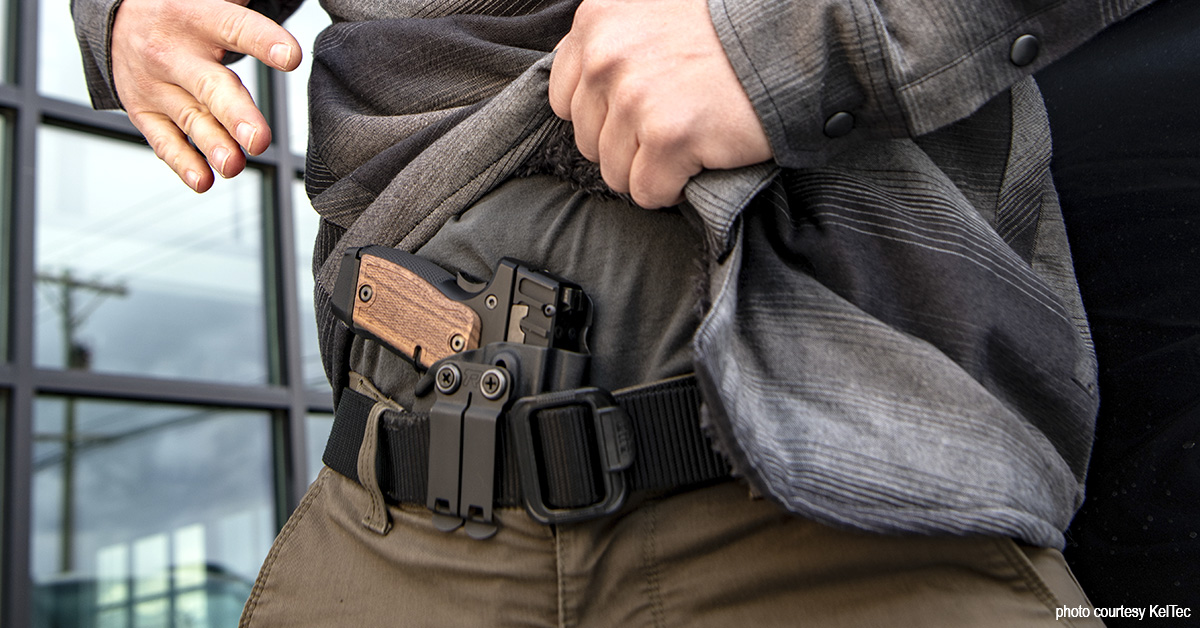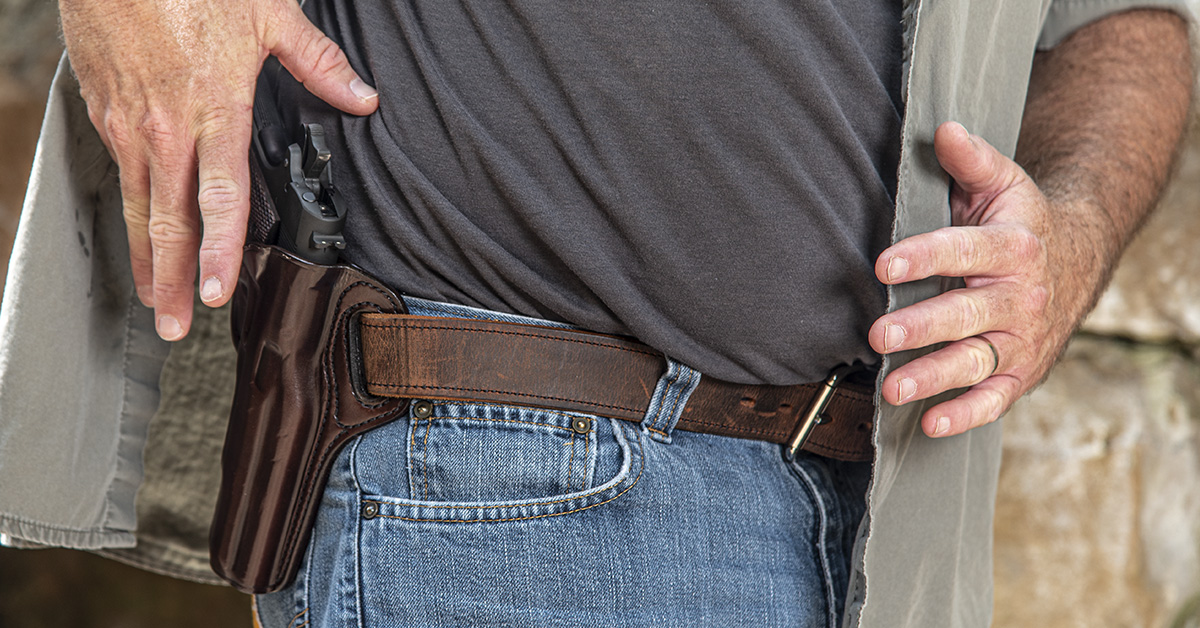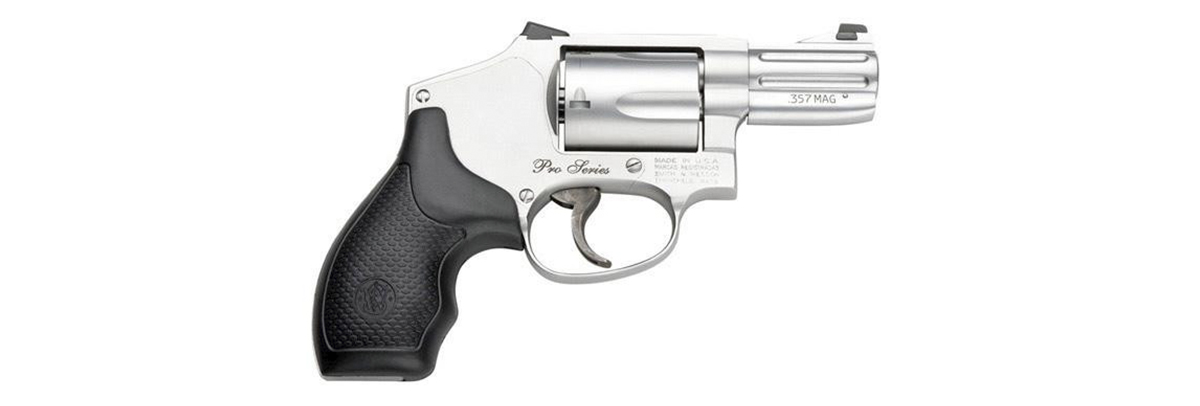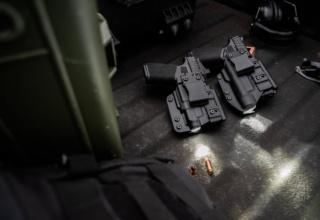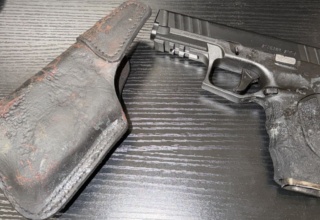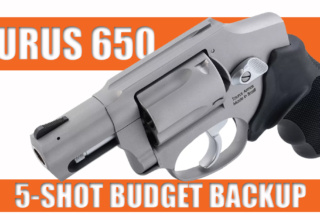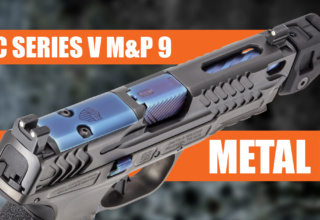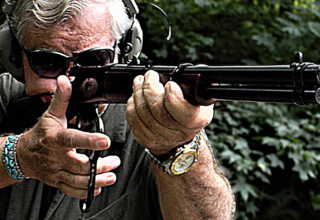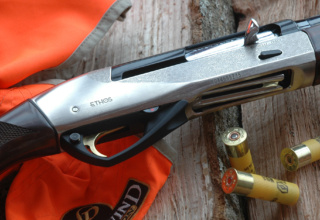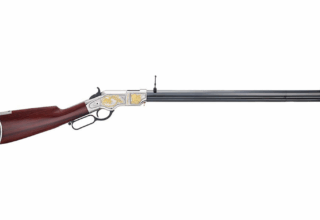There are many choices to be made when you plan to carry concealed. The challenge is balancing comfort and function.
by Bob Campbell
We all hail from different backgrounds and have come in on different ships, but we are now in the same boat. As this relates to personal defense issues, we share dilemmas related to concealed carry. Having once carried a service handgun and two spare gun loads (as well as support gear) to carrying a lighter concealed carry handgun, it is a relief for me to carry concealed compared to the previous load out. I no longer use keepers or a double gun belt! I tend to carry reliable handguns in serious calibers. But then I have a number of aches, pains, and scars from injuries inflicted by others, not excluding dangerous animals, and so am aware of the amount of damage needed to stop a fight. This awareness seems in contrast to the modern “all calibers are good” posit. That is a debate for another time, but I don’t consider my findings an opinion but fact. Like 2+2, the world is round, and E=MC2 — that sort of thing you learn in school. Some schools are harder than others and must be experienced.
Compromise is sometimes needed in concealed carry. The need to be armed is relevant and sometimes other needs are also recognized: discreetness and comfort, a handgun and holster that is acceptable when driving, a light load when hiking or exploring. A four-season climate combined with discretion means you cannot always carry a full-size handgun in concealment. By full-size, I mean a Government Model 1911, Glock 17, or a four-inch barrel medium-frame revolver. These handguns mean greater control, better accuracy, more ammunition in reserve, and more power. But sometimes we simply cannot conceal a full-size handgun. You will save yourself a lot of grief by keeping the handgun concealed, so this means a more compact firearm in some situations.
Many shooters start out with a gun that is too large for concealed carry. A Beretta 92 9mm is a great pistol but not the best choice for an inside-the-waistband holster. Others start out too small, such as with a snubnose .38 or a slim 9mm. Balance and draw speed are important, and so is heft and the way the handgun rides on the hip. Here, a quality holster means a great deal.
You need a reliable pistol above all else. A lightweight pistol may not win a competition, and it isn’t designed to. At 7 to 10 yards, a lightweight pistol may be just as competent as a competition pistol. Most any quality compact will put all its shots in a single ragged hole at 7 yards. But choose a smart gun, if it is a light gun, and beware of going too small. No one wants their trousers dragging when engaged in mundane chores or recreation. Nor do we want a handgun jabbing in the ribs.
Chance encounters with dangerous people and animals are not always precursors to violent action, and there are less-than-lethal avenues available. I practice the right hook and left jab, and the Dempsey drop step from time to time. I was never great at a roundhouse kick, but I have used the axe kick operationally. It works. Against a knife or gun, a gun is the answer. And it will be an effective handgun, not a ridiculous fashion accessory like a .22 mini-revolver or a .32 ACP. Every handgun I carry has been proofed. I think I have made smart choices. You don’t have to settle for second best in a concealed carry handgun, even when the heat index indicates a stainless-steel hole puncher worn close to the body instead of the full-size pole axe on the belt.
That said, intelligent choice of garments goes a long way in concealed carry. A ratty old T-shirt isn’t strong or smooth enough to cover an inside-the-waistband holster. Some material is smooth and drapes well while others bunch up. Some material doesn’t slide as well when being flung aside for the presentation. A quality cotton T-shirt worn under a polo shirt or, better still, a long cotton shirt will conceal a Commander .45. I seldom need to go smaller than the short 1911 Commander. But sometimes I do, and I don’t feel particularly undergunned. Some shooters like the new breed of efficient double-stack 9mm handguns, and who am I to criticize a shooter who chooses a reliable handgun and practices difficult drills? Let’s look at handgun selection in depth in this report.
I grew up on revolvers and I hope today that many of you, of whatever age, realize the advantages of a revolver. The revolver is simple to operate and fire. In a worst-case scenario — and they all are a worst case — a revolver may be pressed against the attacker’s body and fired repeatedly without jamming. A self-loader would jam after the first shot. That is why my backup is a concealed-hammer revolver.
But back to the big guns.
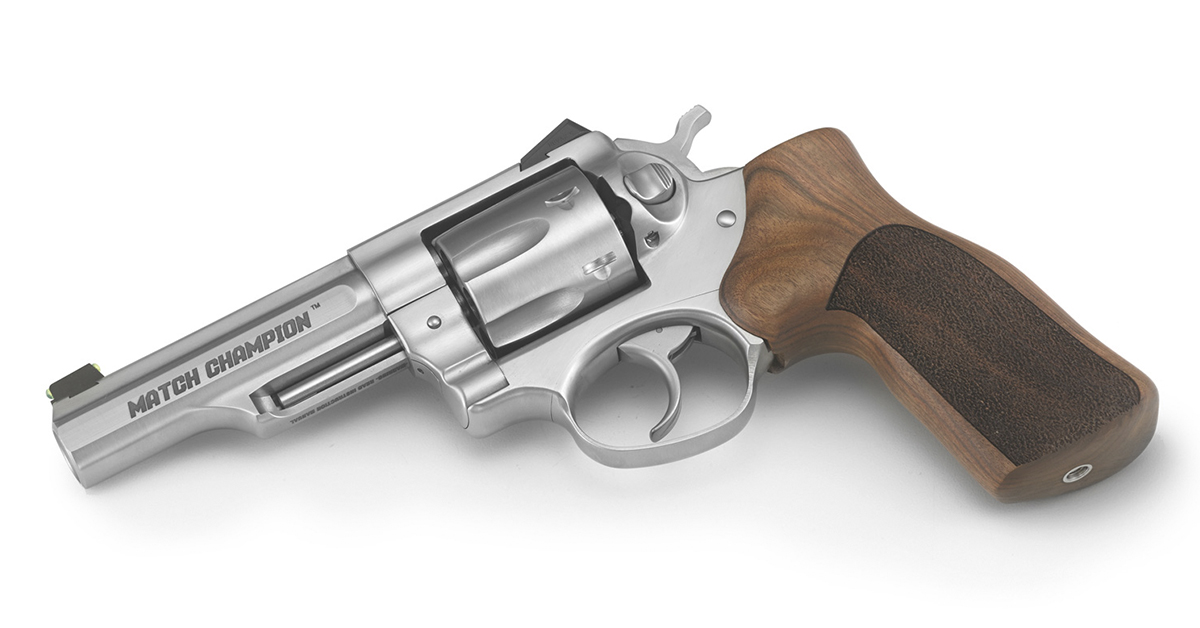
My favorite revolvers are enhanced medium-frame .357 Magnum revolvers. By enhanced, I mean handguns with the best possible grips and good sights. The Ruger GP 100 Match Champion is one of these. It is smooth, accurate, and Ruger tough. And a hoss to tote around! A lighter revolver is a Colt Python Combat Elite with a three-inch barrel, night sights, and VZ grips specially designed to accommodate concealed carry. (You do not want a raspy checkered grip on a concealed carry handgun.) When they are not suitable for concealed carry (the Ruger is a stretch with any type of covering garment), is there a reasonable substitute when you MUST carry a lighter revolver?
There sure is.
The Kimber K6 features a six-shot cylinder and three-dot night sights. This revolver, with its modified J-frame action and super smooth trigger press, is a class act. Hand-filling grips make for the easiest possible shooting. Yes, the revolver kicks due to its light weight, but we are not shooting a match — we are firing in a defensive situation. This is a little piece of heaven, easily carried, and when it comes up shooting it shoots like a big gun.
The Smith & Wesson Performance Center Pro Series Model 640 is another light .357 Magnum. This 640 features three-dot night sights and a very slick action. The Kimber holds six shots, while the S&W holds five, yet the S&W is easily reloaded with real speed since it features a moon clip loading system.
These enhanced revolvers are excellent performers in their weight class. Why carry a fixed-sight revolver with an ordinary, not-so-smooth action when these are available? A small revolver I often deploy in the backup role is a Ruger LCR .327 Federal. The LCR is a modern revolver with a fast action. Given a 1300 fps Federal HST load, it just may do the business, and it is perfect for pocket carry. I feel these are smart choices — far above the usual fare in snubnose revolver land.
I know how difficult it is to hit a moving target or a partially obscured target. I prefer every advantage in the defensive handgun. A Government Model .45 is a great shooter. I carry a Colt Competition Model, TRP, or Springfield Loaded.
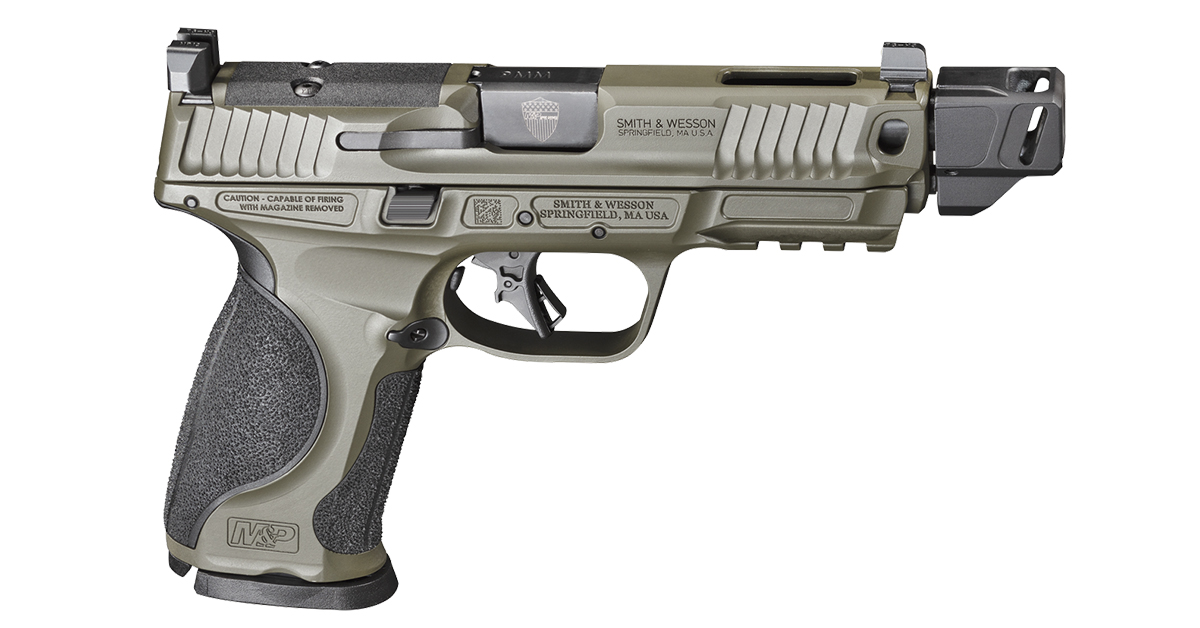
A favored 9mm is the S&W SPEC 2.0. These are good guns but difficult to conceal without a heavy covering garment. A dark pattern and a nice drape are important. Some compromise is in order.
In 9mm handguns, the Glock 49 is among the best carry guns available. The Glock 17 slide is mated to a Glock 19 short grip. I like the long sight radius. The shorter grip is a good thing to have as the grip doesn’t rotate up and dig into the back when driving. The difference is more than you would think, and it works well. A Wilson Combat Glock 19-size pistol is even more compact and perhaps the pinnacle of polymer frame handguns. I would not complain if this were my 24-7 handgun.
A lighter, smarter 1911 is also desirable. The Commander .45 is a 1911 with ¾-inches off the slide and barrel. This modest chop and channel make for a fast-handling pistol that conceals relatively easily. Make the frame an aluminum alloy and you have a much more concealable pistol. An aluminum frame 1911 isn’t something I would fire in a match, and I would not run a 100-round course of fire. But for what it is designed to do, this is a formidable defensive handgun.
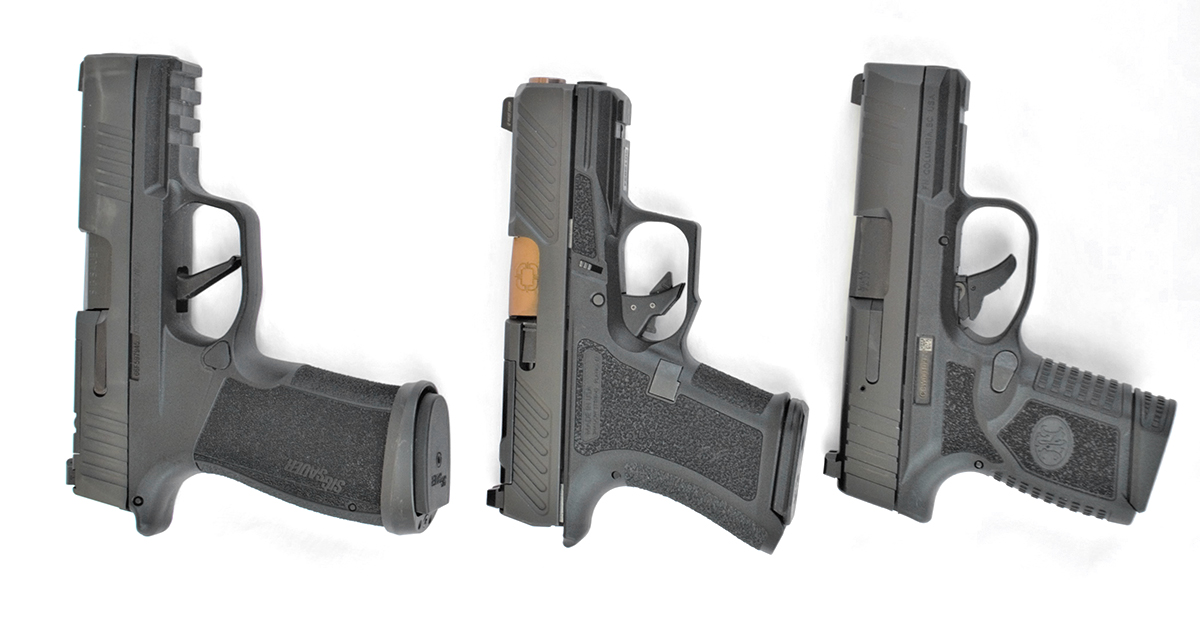
The Springfield Garrison is a steel-frame .45 with excellent sights, a good trigger, and a ramped barrel. If you desire to go light but maintain excellent performance, the Springfield TRP CC 4.25 runs with the best of them — and outshoots many steel-frame guns. A LW frame, night sights, a light rail, and front strap checkering set the TRP apart from the crowd. I very seldom need to conceal a handgun smaller than the TRP CC or Glock 19. When I do, there a good quality semi-automatics that are just the ticket.
Going smaller and lighter than these handguns requires a great deal of thought. I don’t damn small calibers out of hand. I think antipathy would be a better descriptor. The need for accessible and undetectable handguns conflicts with the goal of carrying a fight-stopping handgun. Sure. But a good gun belt and a proper holster make a huge difference. That said, an aluminum frame .38 Special snubbie can be a blessing for many of us. A lot of working folks in my area who carry money — contractors, roofers, real estate agents, and mechanics — carry a snub nose .38. It isn’t ideal, but it hits hard at close range and is simple to manipulate.
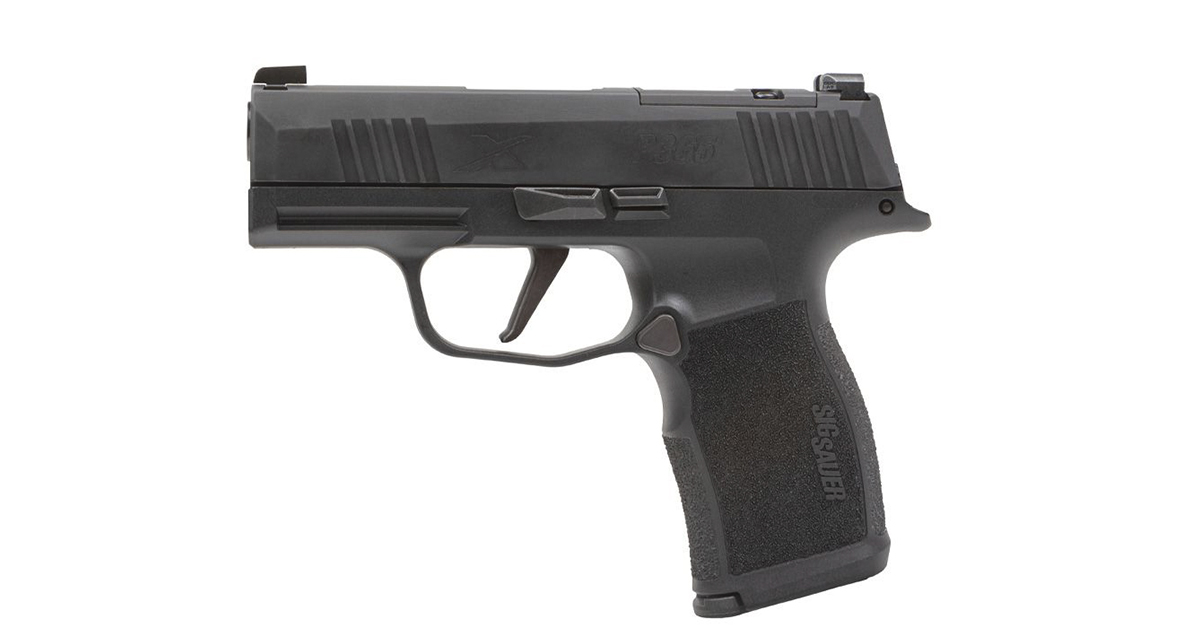
Then there is the small-frame 9mm. I like the SIG P365. I find the P365 XL a good shooter and the compensated versions even better. But when I need concealment, the original P365 is another gun that shoots like a big gun. The P365 will not shoot with a P320 compact or Glock 19, but it shoots better than most small guns. The P365 handles well and features ten-round capacity. My P365 comes with SIG Lite night sights. I just don’t see the need to go to a .380 ACP when the P365 9mm is readily available. Other reasonable choices include the Shadow Systems compact and KelTec P15. The KelTec is a great shooter available in both metal frame and polymer frame.
Leather and Kydex
If you go to a box store or a gun shop with cheap fabric crap hanging on the rods and purchase a twenty-dollar holster, you will find the handgun a chafing nuisance. The same for a thin dress belt. Take a look at hybrid-type holsters with a Kydex pocket and a supple backing.
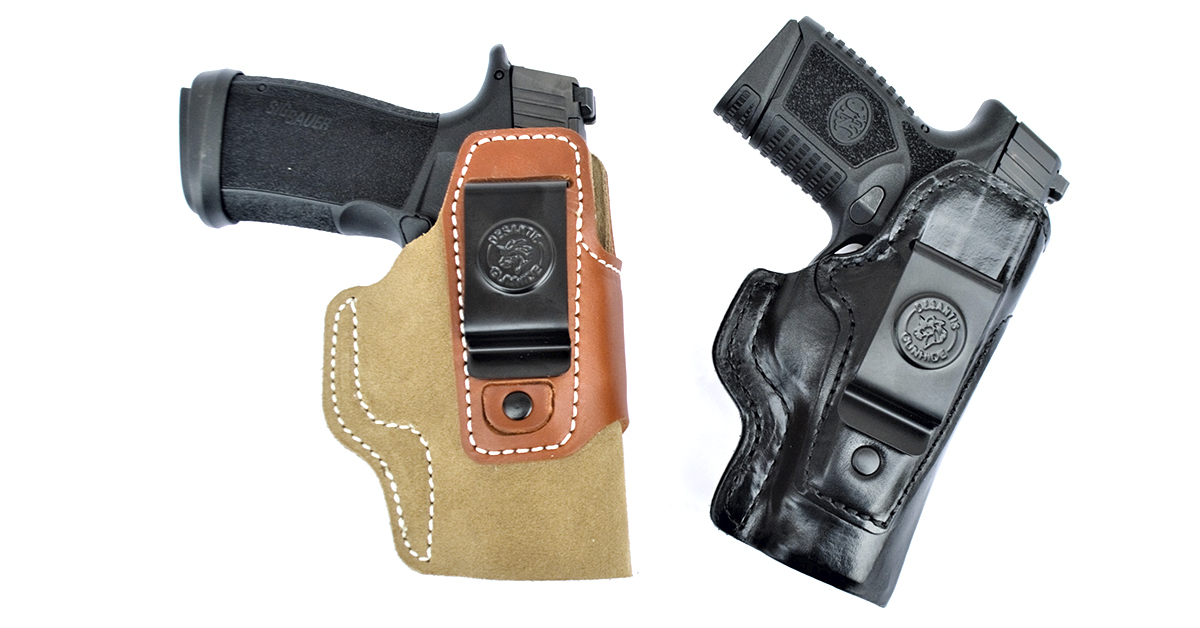
The DeSantis Infiltrator or Invader are good choices. I like quality leather inside the waistband holsters with a strong belt attachment, reinforced holstering welt, and a strong spine. The DeSantis Transit is a new take on the IWB that I find first-class. If you are lucky enough to use an OWB holster under a covering garment, a strong-side holster of the semi-pancake or scabbard type works well. I often carry the Python in a Bullard leather sharkskin strong-side holster. The balance of speed and retention is ideal. In an off-the-shelf strong-side holster, the DeSantis Speed Scabbard is a good option. I have both open top and thumb-break Speed Scabbards in service for several handgun types. They work well.
When you cannot carry a full-size pistol, don’t shrug your shoulders, give up, and drop an ineffective piece into your pocket. Think things over and make a wise decision. Packing light doesn’t mean you are not packing smart.

